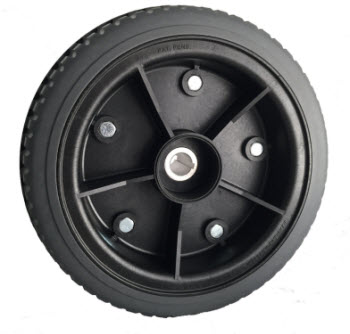Wheelchairs are no longer the simple stainless steel apparatuses used in hospitals. A variety of wheelchairs are designed and manufactured to meet eclectic needs of physically challenged. With the continual growth in technology, new ideas and prototypes are being created to meet the needs of users and maintain a level of comfort. The newest idea is the hands-free wheelchairs.
The Latest in Wheelchair Design
Hands-free wheelchairs take the idea of electric wheelchairs to the next level. Unlike other general electric wheelchairs, it does not consist of a joystick. Instead, an electric motor is connected to sensors in the seat and arm rests.
The movement of the wheelchair is propelled by the rider’s core muscles. If the rider leans forward, the chair moves forward. If the rider leans towards the back rest, the chair moves backwards. Other core muscles of the rider are used to move the chair sideways.
Currently, there is only one prototype of a hands-free wheelchair in New Zealand. However, experimentation is underway to refine the product, and make it commercially viable.
What is the Importance of this Idea?
There are two basic types of wheelchairs – manual and electric. The manual wheelchair requires the user to use his hands to move the chair forward. Electric wheelchairs consist of an electric motor, which is connected to a joystick. The user would have to turn the joystick in a particular direction to move the wheelchair.
Both these mechanisms can become tiring and cumbersome. Manual wheelchairs require the user to exert a lot of energy. Electric wheelchairs can break down, which can be a pain for the user. Many times, the users would need to use both hands for a task, which can be difficult to perform with either chair.
The hands-free wheelchair provides the rider a lot of freedom. S/he does not need to exert excessive energy, nor does he require a separate joystick to control the chair. This will allow the rider to perform other tasks that require the use of one or both hands.
If this idea gets off the ground, paraplegics and physically challenged people can look forward to leading a less painful and difficult life.

